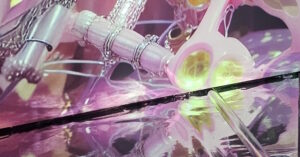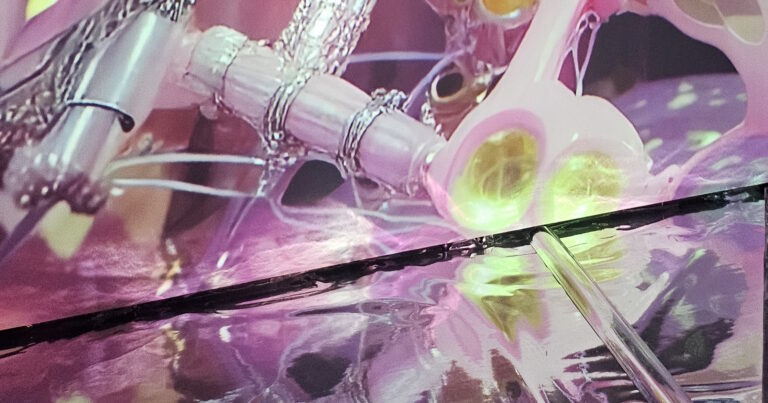I mentioned him last week in connection to the goddess of salt and you were curious, so… who was Ningishzida, “Lord of the Good Tree”, and what have snakes to do with him?
Ningishzida was a Mesopotamian deity associated with vegetation, the underworld, and sometimes war, and he was frequently linked with snakes. Similar to Dumuzi, consort of Inanna, he was thought to spend part of the year in the land of the dead and shared many roles with his father Ninazu.
Ningishzida appears in the Epic of Gilgamesh, where he is mentioned in relation to the afterlife and as throne bearer of the Underworld. In the Standard Babylonian version of the epic, in particular, Gilgamesh’s mother Ninsun acknowledges that her son is destined to “dwell in the land of no return” and mentions the company of Ningishzida. In another myth related to the Epic, titled “Death of Gilgamesh,” the hero is promised a position in the underworld that is “equal to that of Ningishzida” so, while not the unique ruler, his position had to be recognised as significant.
But that’s just one side of the coin.
The other one has to do with vegetation and renewal, frequently depicted with serpents and associated with the mushussu, a mythical dragon-like creature. When depicted in human form, his iconography includes two serpent heads emerging from his shoulders.
Ningishzida was primarily worshipped in the cities of Gishbanda and Lagash, where temples dedicated to him served as centres for his veneration. He is often described as the son of Ninazu and Ningirida, and his consorts include Geshtinanna and Azimua, but his family ties aren’t as strong as those of another neighbour deity of death and renewal who might seem similar at a superficial glance, the Egyptian ruler of the dead Osiris.
He appears in various cuneiform tablets, particularly offering lists and ritual texts from the Ur III period (c. 2100-2000 BCE), and he’s mentioned receiving offerings alongside other deities like Ninazu in cities such as Ur and Puzrish-Dagan, as we saw last week.
Visually, he’s famously depicted on the “libation vase of Gudea”, a sculpture dedicated to him by the ruler Gudea of Lagash around 2100 BCE. The vase shows the dragon-like creature Mushussu, associated with Ningishzida. Seals and statues from the Early Dynastic and Akkadian periods (c. 2900-2150 BCE) also corroborate the iconography and show Ningishzida with snakes emerging from his shoulders.
In the Middle Babylonian myth of Adapa, he is described as one of the doorkeepers of the celestial palace of Anu. I guess the world turned upside-down eventually.








No Comments